
Globe: Limbus
The transparent cornea is continuous with the sclera, which together constitute the corneoscleral or fibrous layer of the eye. The region of this junction is called the limbus.

Cornea >
The cornea, the major refractile part of the eye, is part of the outer tunic along with the sclera. The transparency of the cornea results from the regular arrangement of collagen fibers in its stroma. The cornea is surfaced by the corneal epithelium that transitions to the bulbar conjunctiva, which covers the sclera.

- Corneal epithelium
The cornea, the major refractile part of the eye, is part of the outer tunic along with the sclera. The transparency of the cornea results from the regular arrangement of collagen fibers in its stroma. The cornea is surfaced by the corneal epithelium that transitions to the bulbar conjunctiva which covers the sclera.
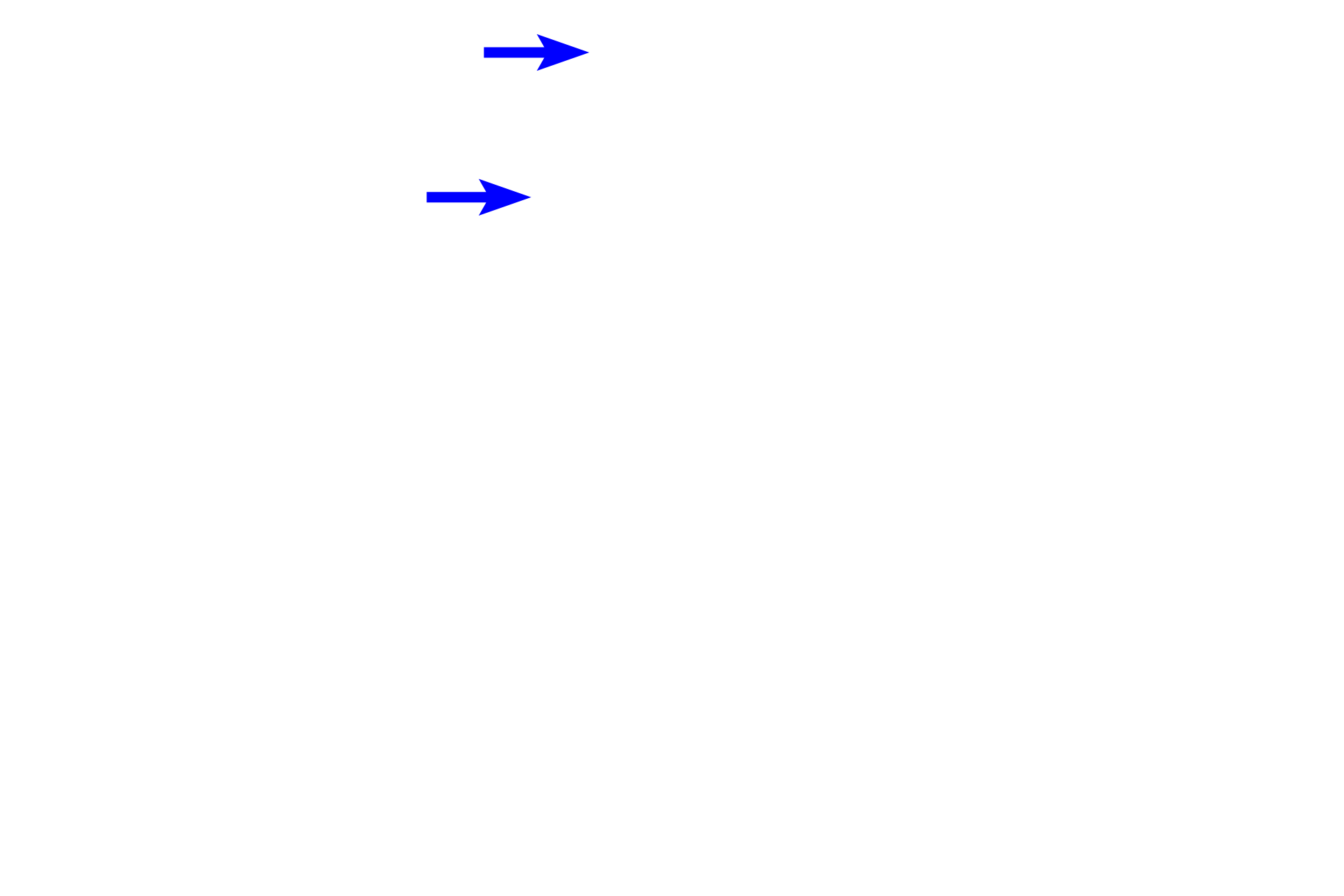
Bulbar conjunctiva
The cornea, the major refractile part of the eye, is part of the outer tunic along with the sclera. The transparency of the cornea results from the regular arrangement of collagen fibers in its stroma. The cornea is surfaced by the corneal epithelium that transitions to the bulbar conjunctiva which covers the sclera.
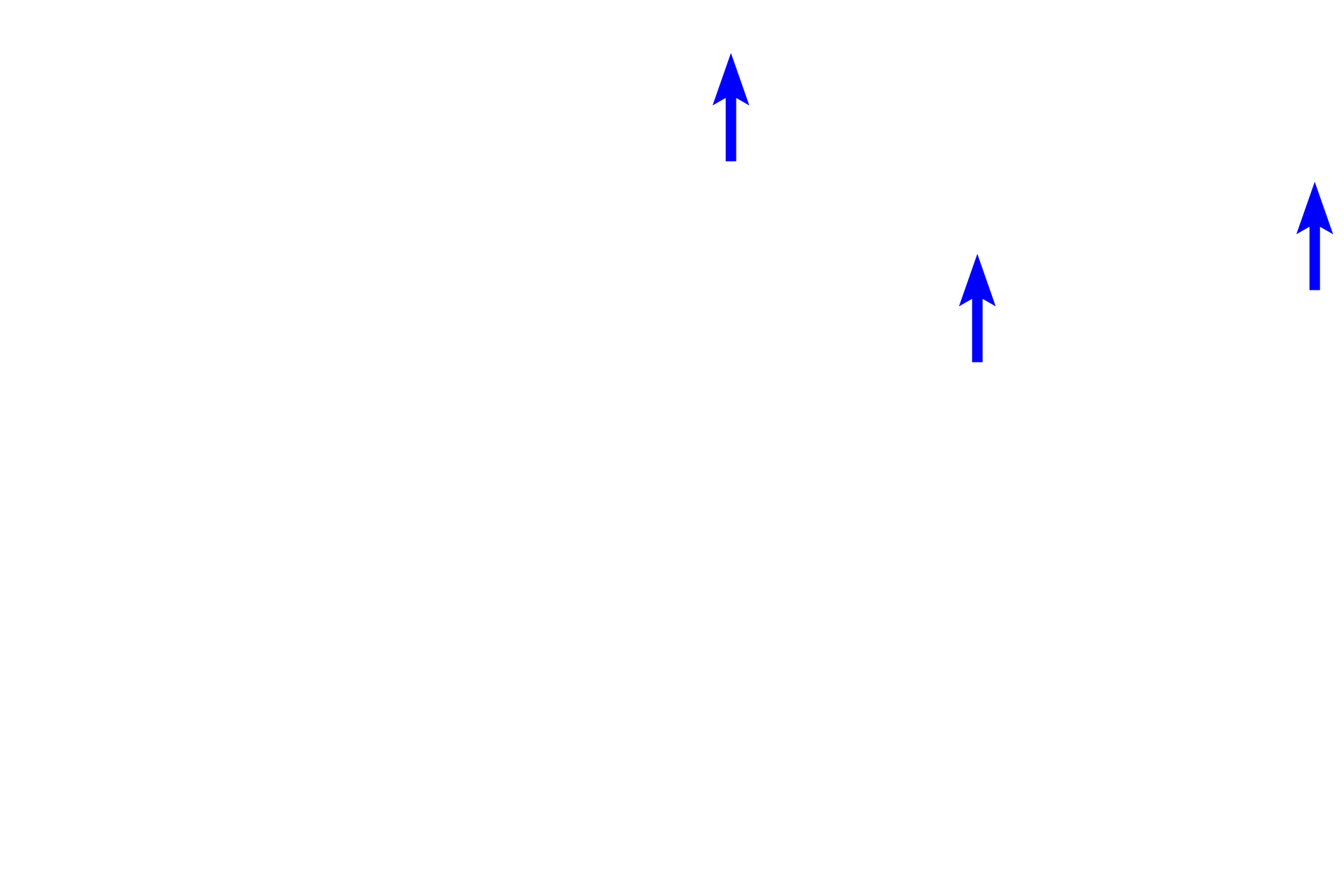
Sclera >
The second component of the fibrous tunic is the sclera which is opaque and forms the “white of the eye.” Its collagen fibers are much less regularly arranged than in the cornea, resulting in its opacity. The sclera is present in the posterior four-fifths of the eye.

Limbus >
The limbus is the region where the transparent cornea meets the opaque sclera. It contains the canal of Schlemm and the trabecular meshwork, two structures involved in the removal of aqueous humor from the anterior chamber.
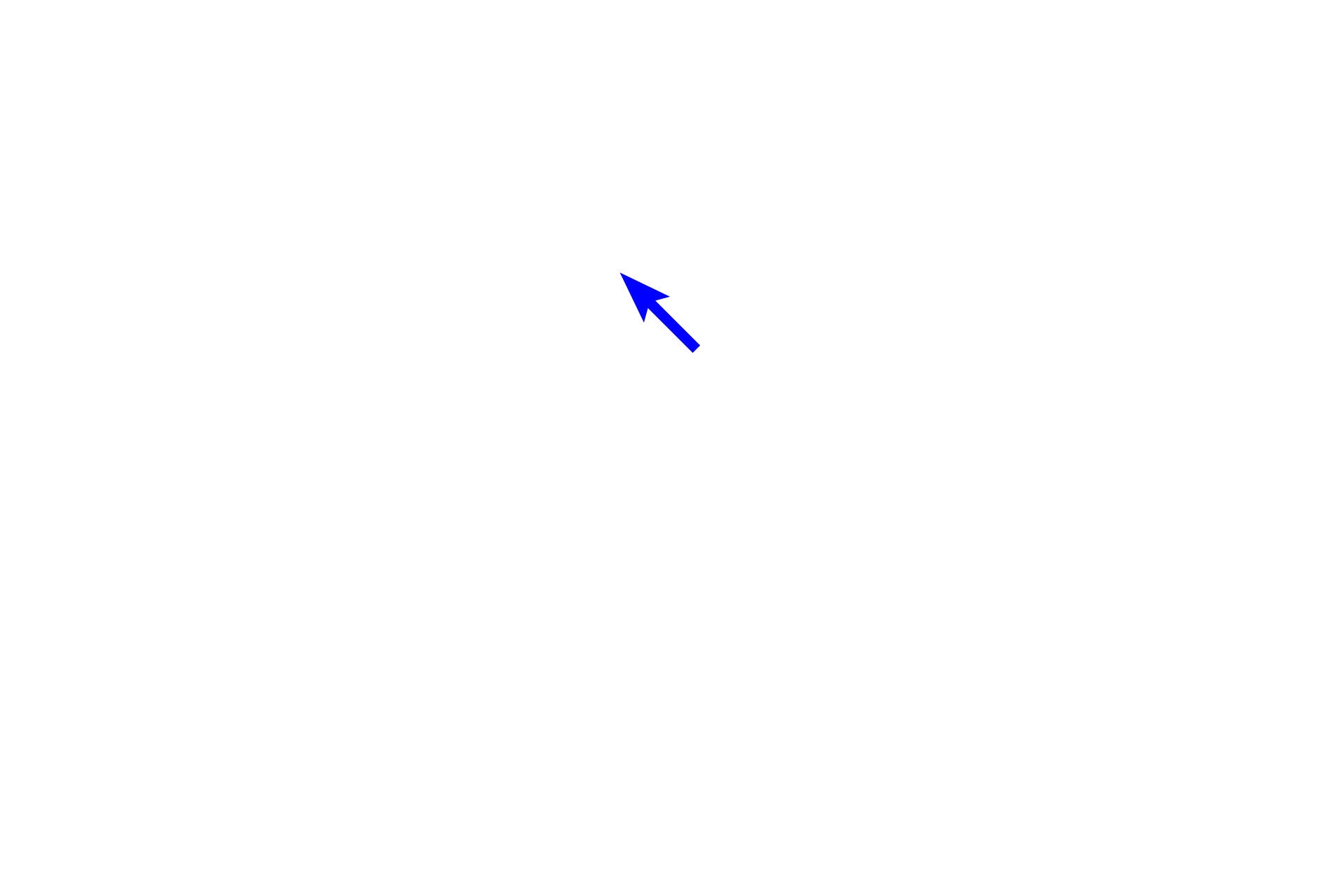
- Trabecular network >
The trabecular meshwork, located in the limbus, is a series of endothelium-lined channels that drain aqueous humor from the anterior chamber of the eye. Aqueous humor flows from the trabecular meshwork into the larger canal of Schlemm, which connects with the venous system external to the eye.

- Canal of Schlemm
The trabecular meshwork, located in the limbus, is a series of endothelium-lined channels that drain aqueous humor from the anterior chamber of the eye. Aqueous humor flows from the trabecular meshwork into the larger canal of Schlemm, which connects with the venous system external to the eye.
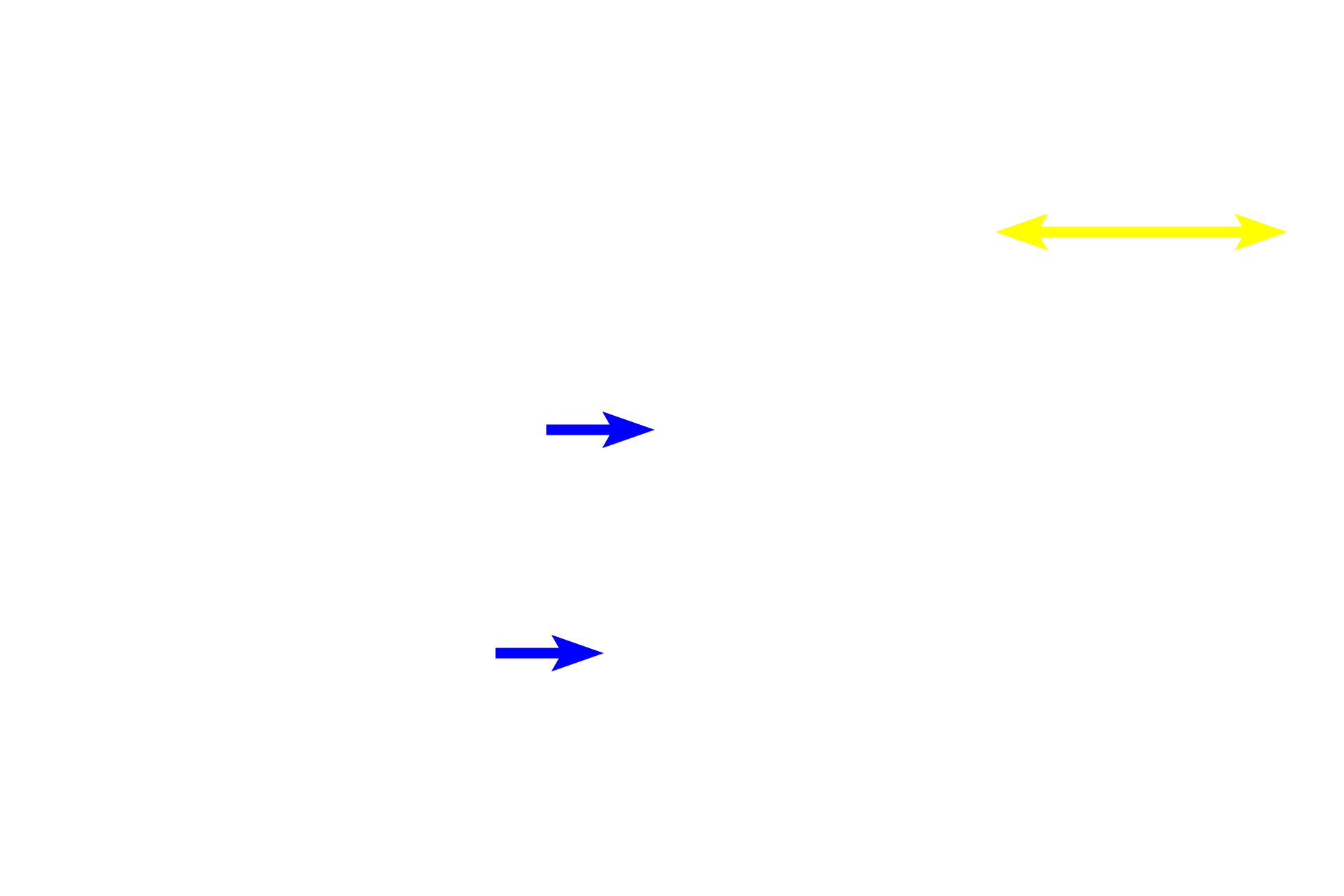
Iris >
The iris is a donut-shaped structure with a central aperture, the pupil. The iris separates the anterior from the posterior chamber. A heavily pigmented, two-layered epithelium forms the posterior boundary of the iris, preventing light from entering the posterior chamber. The iris and the ciliary body are components of the middle tunic or uveal tract.
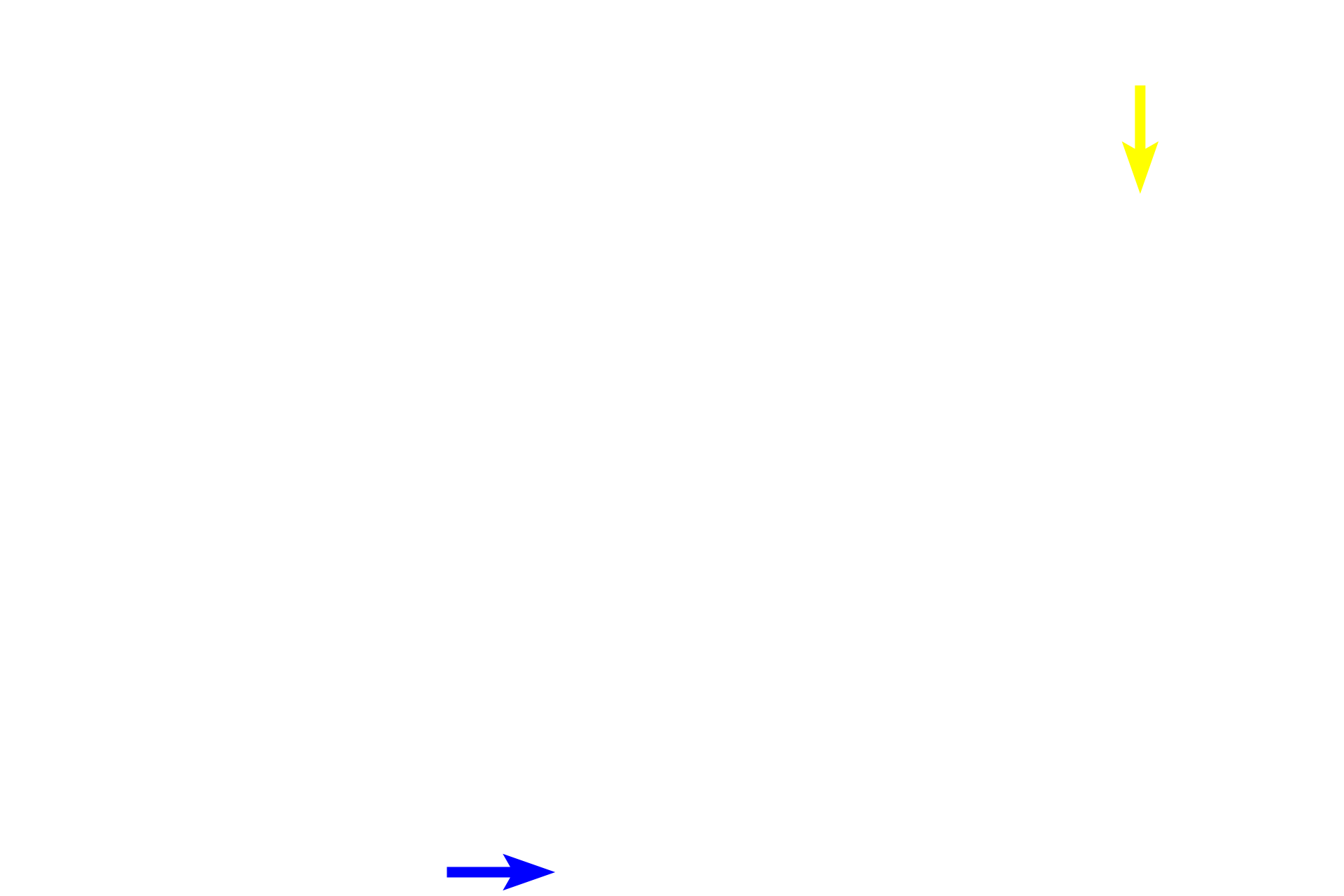
Pupil
The iris is a donut-shaped structure with a central aperture, the pupil. The iris separates the anterior from the posterior chamber. A heavily pigmented, two-layered epithelium forms the posterior boundary of the iris, preventing light from entering the posterior chamber. The region where the iris meets the sclera is called the iridoscleral angle. The iris and the ciliary body are components of the middle tunic or uveal tract.

Ciliary body >
The ciliary body is a ring-shaped structure that appears triangular in cross section with a pleated surface formed by the ciliary processes. Thin fibers, zonule fibers, extend from the processes to suspend the lens. The ciliary body contains ciliary muscles, contraction of which decreases tension on the lens via the zonule fibers. Epithelial cells lining the ciliary body and processes produce the aqueous humor.
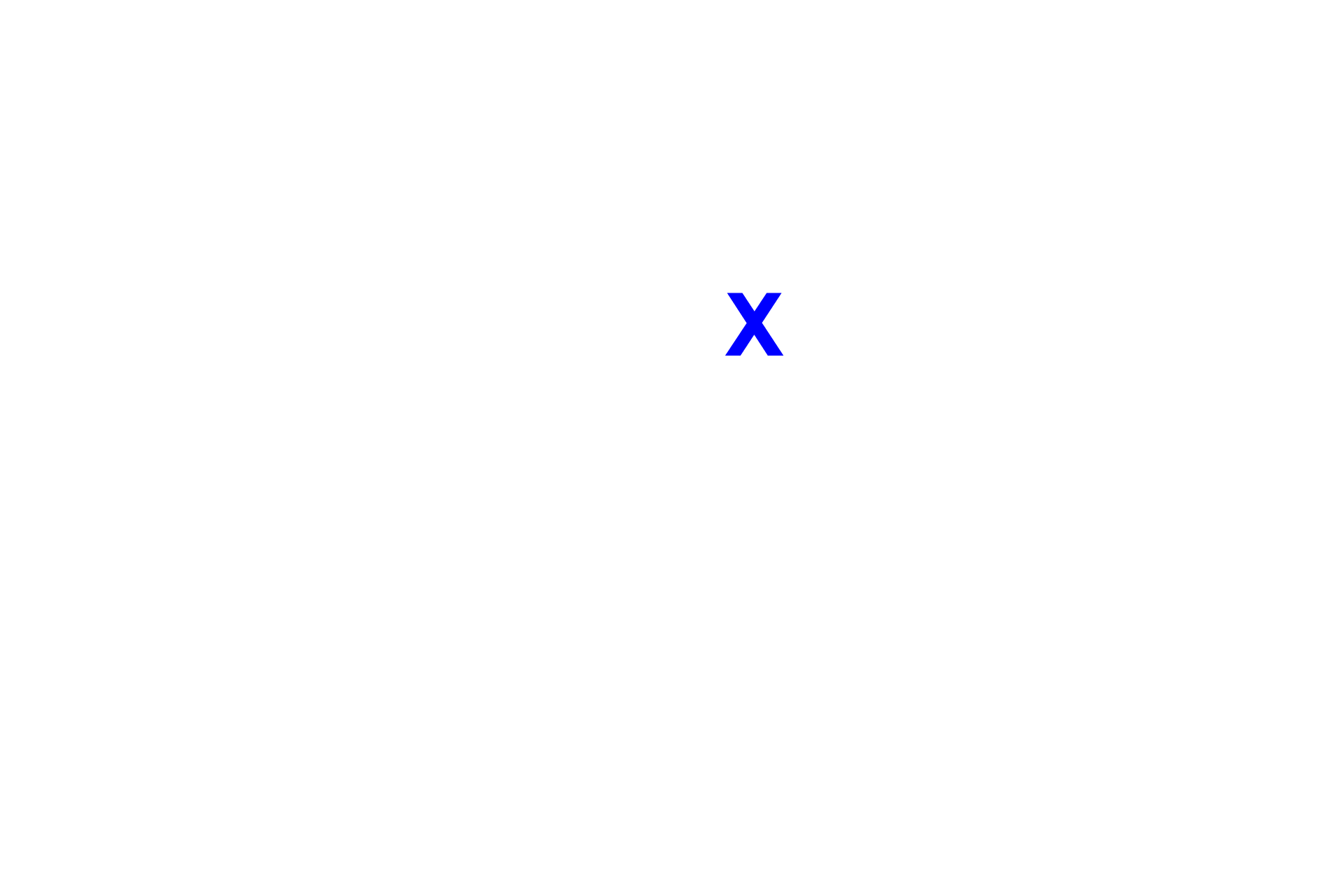
Posterior chamber >
The posterior chamber is filled with aqueous humor produced by the ciliary epithelium. Aqueous humor flows from the posterior chamber, between the iris and the lens and into the anterior chamber.

Anterior chamber
The posterior chamber is filled with aqueous humor produced by the ciliary epithelium. Aqueous humor flows from the posterior chamber, between the iris and the lens and into the anterior chamber.

Vitreous chamber
The posterior chamber is filled with aqueous humor produced by the ciliary epithelium. Aqueous humor flows from the posterior chamber, between the iris and the lens and into the anterior chamber.

Lens >
The lens is a transparent, biconvex disc suspended behind the iris by suspensory zonule fibers attached to the ciliary body. Due to its crystalline structure, the lens often shows significant artifactual damage.

Area shown in next image >
This area is shown at higher magnification in the next image.

Image sources >
The main image was taken of a slide from the University of Iowa collection. The inset eye section is taken of a slide from the University of New England College of Osteopathic Medicine. The image of the anterior view of the eye is from Stephen Balaban.